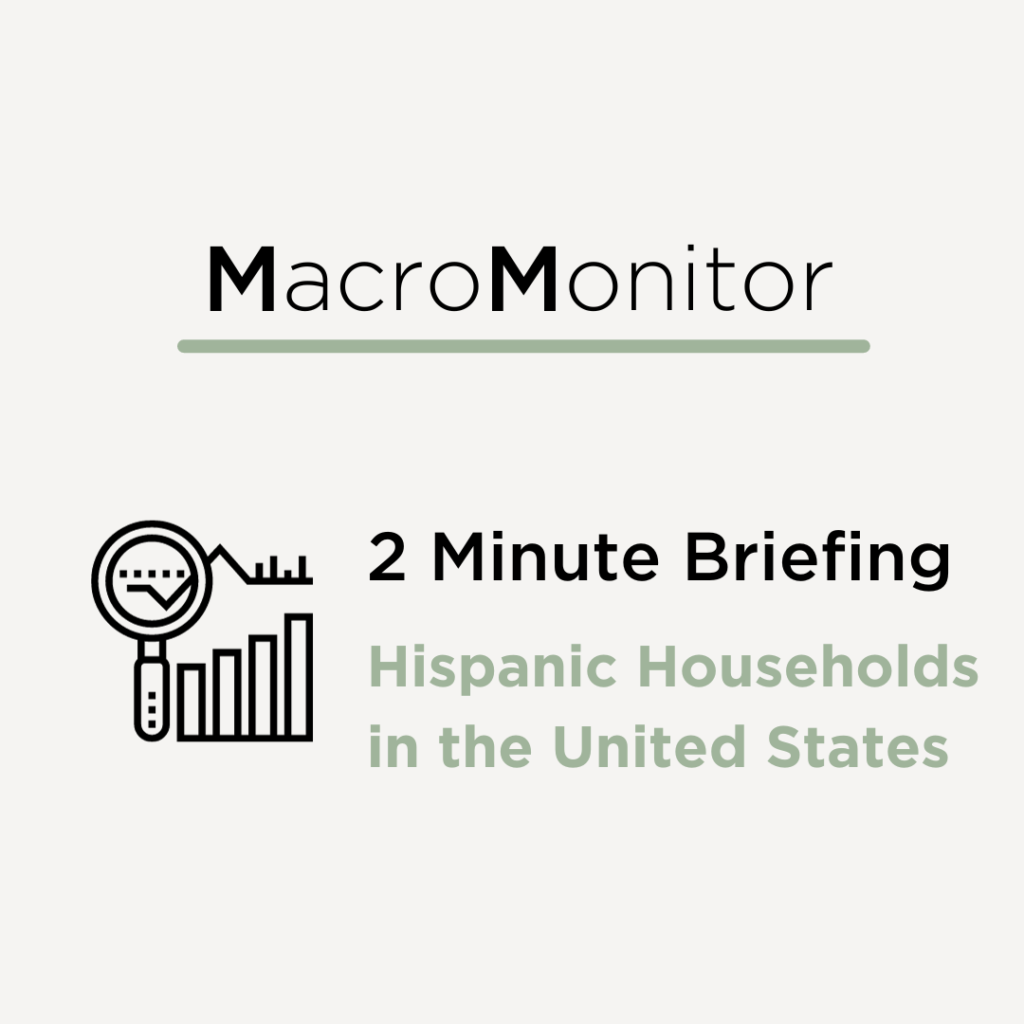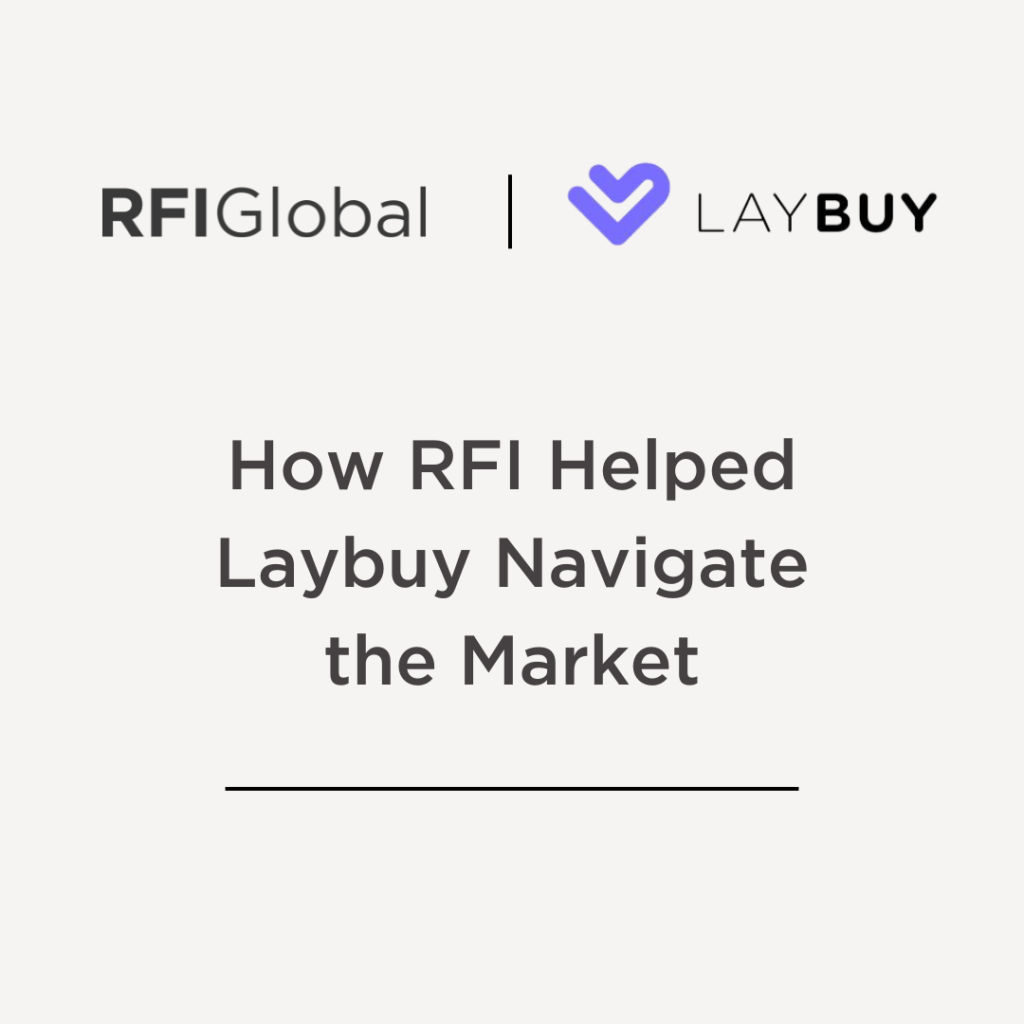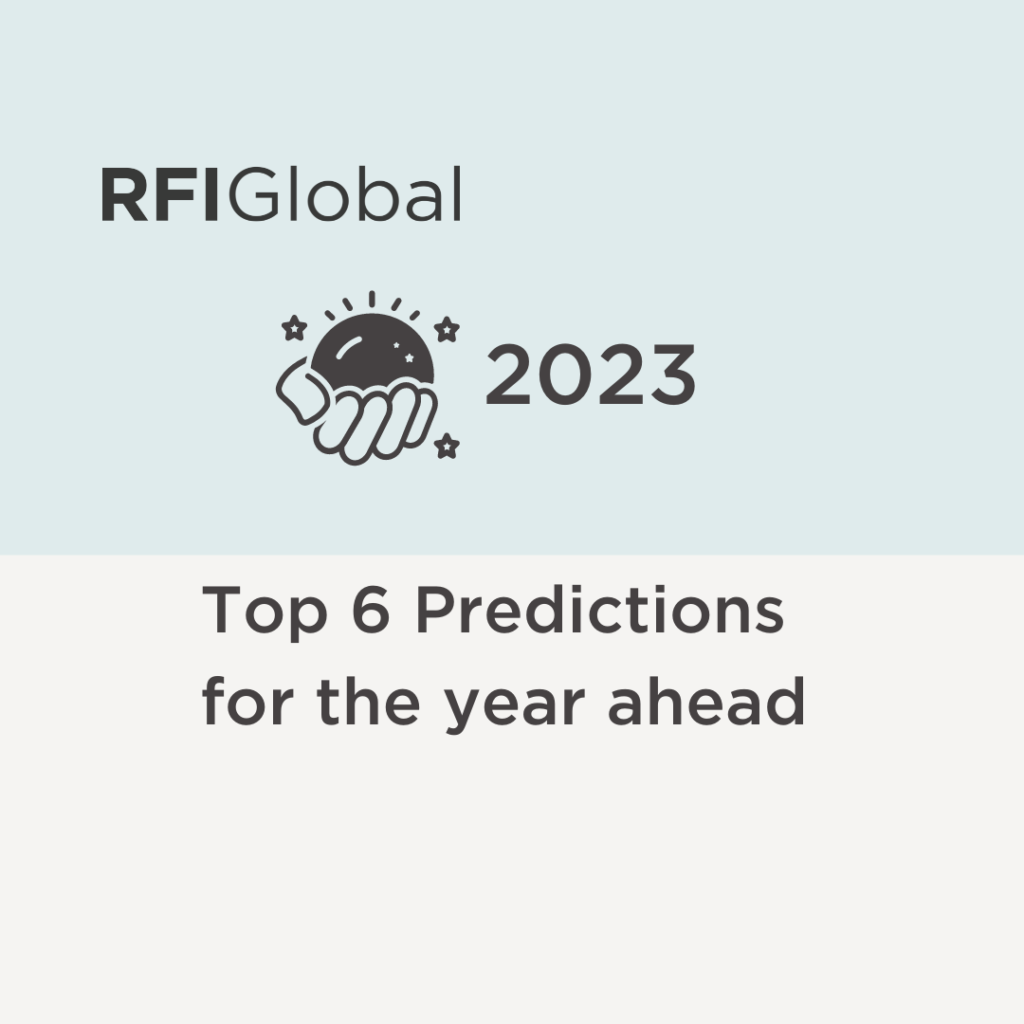Banking and Social Media - Channel, Information and Advice
At RFI, we’re constantly monitoring the ways in which consumers interact with their financial institutions in order to ensure we’re on top of the key trends. Which cohorts are moving towards digital channels fastest? Which interactions are customers most comfortable conducting through digital channels? And what digital influences do they have when it comes to financial services?
One aspect of digital interaction that is getting an increased focus is the usage of social media. Whether it’s from a pure entertainment perspective or an educational one, the fact is that a huge proportion of consumers are using social media in one sense or another. Globally, the proportion of active social media users is approximately 60%, but in Western developed economies it is closer to 80%.
It was certainly interesting timing, with so much focus on cost of living and CPI in Canada having increased dramatically last year. In October 2022, when this announcement came out, CPI stood at 6.9%. The prospect therefore of an additional costs being added to consumers’ bills came with a sense of foreboding.
It should be no surprise then, that this usage of social media bleeds into financial services in three key ways:
- 1. Channel - Interacting with financial institutions through social media
- 2. Information - Using social media as a source of information when researching financial services
- 3. Advice - Using advice found on social media to make financial services decisions
Social Media as a channel
Focusing on the first point, if we look at Hong Kong – a market where social media usage is among the highest in the world – RFI data shows that almost two thirds of consumers (62%) typically use social media when interacting with their banks.

Breaking that down further, when it comes to the specifics of asking questions or communicating with their banks, as many as 20% of HK consumers are interacting via social media. Specifically:
- 20% are typically asking product related questions
- 14% are resolving problems or complaints
- 11% are updating personal details

Social Media as a source of information
Beyond interaction, there is the use of social media as a source of information. This trend is one that is increasingly common and has a clear demographic skew – younger consumers are more likely to turn to social media as a source of trusted information.
In MacroMonitor’s 2022 study of US households, this trend is clear. MacroMonitor asked which of the following social media households had used in the two years prior to the survey to search for or share information about a financial institution, professional, product, or service.
In US households where the head was born after 1998, more than half (52%) had sourced or shared information on social media, a proportion that reduces progressively as households get older to just 16% where the head of the household was born before 1960.

When it comes to specifics in the US, we can delve into the individual social media platforms and their relative usage by households as a source of information. Based on the same question highlighted above, we can see that almost all social media platforms are being used more by younger generations than by their older counterparts. Facebook and Twitter are the mainstream platforms that buck this trend, Instagram, Snapchat, TikTok and YouTube being the platforms that so clearly highlight the demographic skew to youth.

Social media as advice
This skew to Youth for TikTok and Youtube is evident in other work that RFI has done and has specific bearing on our third usage of social media in financial services – as a source of advice.
Tik Tok in particular is getting a lot of attention – partly because it is the sponsor of global football phenomenon Wrexham AFC (Google it if you don’t recognise those words in that context) – but mostly because of US lawmakers, who are concerned about the company’s Chinese links – a concern that last month culminated in a 5-hour long congressional hearing for Tik Tok’s CEO.
In this context, understanding social media (and TikTok’s) importance to consumers is crucial. However, in order to do the topic justice, it’s worth focusing on the Youth segment as that is where the greatest overall usage of social media occurs.
RFI’s Canadian Youth Banking study conducted in November 2022 delved into this issue. When analysing consumer behaviour among Canadians aged 17-21, the study revealed that social media sits 3rd in the list of sources of advice, with 33% saying they use it for financial services advice. In first place were parents/ guardians, with 51% and other family filled out the second spot with 45%.
Importantly, social media beat financial advisers, friends, teachers and books.

Did we learn anything about the specific influences of social media platforms? Indeed we did. Those that use social media for advice were asked to state which has the strongest influence on their financial services decision making.
TikTok won, with 28% of our Canadian Youths stating that it has the greatest influence on their FS decision making. YouTube came second with 24% and Instagram was 3rd with 18%, meaning the three platforms combined got a total of 70% of the vote.

What next?
As we looking at these results from across the globe, I believe two things are clear.
Firstly, we can and should expect to see a greater usage of and influence from social media in the financial services space among the current banking customer base. Banks and their customers are increasingly leveraging social media as a channel through which to interact and to be interacted with.
Secondly, by sheer power of demographics, the usage of social media will increase as younger consumers that currently have zero (or little) purchasing power, become mainstream banking customers. As they mature, they will seek information and advice and reaching out to social media for this will be second nature.
There are also implications here when it comes to advice. Typically, the advice market is highly regulated, yet social media breaks down the barriers to entry for would-be advisers and simultaneously removes a lot of the natural user precautions and scepticism because the advice is given through a trusted platform. I mentioned before that US lawmakers are critical of TiKTok because of its Chinese links. Perhaps a bigger issue should be the influence that perceived experts have over the decision-makers of tomorrow across all social media platforms.
Get in touch for more insights.
Subscribe to get the latest RFI data and insights.
About the Author
Alan Shields is the co-founder and a director at RFI Global, he oversees the design, roll-out and delivery of syndication and custom products to RFI Global’s clients globally. Alan has more than 20 years’ experience in research analysis and has spent his entire career focused on financial services across the globe including Europe, North America, the Middle East and Asia Pacific.
He has worked on syndicated and bespoke projects with every bank in Australia and New Zealand, with most major banks in the Asia Pacific region, as well as the major global banks. Prior to setting up RFI Global in 2006, Alan was Head of Financial Services – Asia Pacific at global research firm, Datamonitor, establishing Datamonitor’s financial services business in the Asia Pacific region in 2004, after relocating to Sydney from London. Alan began his career with Reuters in London as a financial services consultant, where he worked on the Nasdaq Europe project before moving to Singapore and focusing on wealth and risk management in the region. He is a regular speaker at thought leadership events across the US, Canada, Europe, Asia and Australia and authors regular articles on the latest global consumer banking trends.
He has a Bachelor of Science Degree in Physics from the University of Birmingham and studied his License de Physique at the Universite de Bordeaux I.








































































/NQA-ISO-27001-Logo-UKAS.jpg)